By Tala Mattar
Today’s fashion and style scene has been transformed by several Arab fashion icons who understand the importance of style, grace, and elegance.
Clothing, shoes, accessories, and style elements all combine to create a message. In today’s fast-paced world, style and a keen sense of fashion are especially critical. Miuccia Prada says, “What you wear is how you present yourself to the world, especially today, when human contacts are so quick. Fashion is instant language.”
Fashion is an important part of our global culture, and variations in fashion choices among different nations and ethnic groups, permits a fascinating glimpse into the tastes of our world’s style makers.
Today’s leading fashionistas represent a cross-section of humanity. From legacy Italian fashion mavens to some of the most intriguing design houses that are emerging from within developing nations, there is no limit to the amount of creativity that can be discovered today. But some of the most exciting fashion-forward trends and elegant style makers are found within the Arab world. The following is a list of today’s top ten Arab fashion icons who have displayed worldwide influence:
“You can have anything you want in life if you dress for it.” —Edith Head
Queen Rania of Jordan is an instantly recognizable fashion figure on the worldwide stage. The Queen is an immensely influential figure, and has long been considered a positive role model for women – both in the Arab world and globally. Queen Rania’s style is generally conservative, though she often pairs neutral colors with bold accent hues to create a statement that is both subdued and intriguing. Queen Rania represents Middle Eastern fashion designers quite well – often seen wearing apparel from Elie Saab, Aennis Eunis, Sarah’s Bag, and Krikor Jabotian, to name but a few.
Her Majesty has received numerous accolades for her elegant and regal fashion choices, earning a spot on Vanity Fair’s Top 10 Most Fashionable First Ladies poll. One poll declared her as the second most beautiful Royal in history, behind only Grace Kelly. Beyond her stature as one of the “best-dressed” women on the international stage, she truly sets herself apart with her elegance and intellect. As a staunch supporter of women’s rights both at home and abroad, she has positioned herself as both a style icon and a courageous voice for those who need support. According to the Queen, “When girls are educated, you get effects that cascade throughout society.”
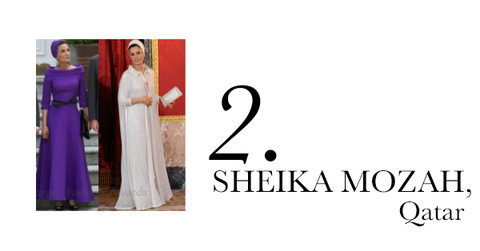
Sheika Mozah Bint Nasser Al-Missned was, until recently, the wife of the Emir of Qatar. Her husband recently stepped down to permit the couple’s eldest son to begin his reign. Though she maintains many of the traditional fashion choices of Arab women – notably the hijab, she has always placed well on the list of International Best-Dressed Women. Unfortunately, some of the traditional elements of her dress may impede acceptance among the public throughout some Western nations. But that hasn’t stopped her from being recognized as a true fashion icon – especially among Arab First Ladies.
Mozah has maintained an impeccable figure throughout her life – especially notable considering she has had seven children. And, her opulent and timelessly elegant fashion choices are both bold and glamorous, yet modern and balanced. Never afraid to flaunt flowing colors and bold yet refined makeup, Sheika Mozah of Qatar is indeed a fashion icon among Arab women.
Charbel el-Khoury was raised in Lebanon and as a young boy was inspired by his grandmother’s couture style and sense of fashion. His professional work draws heavy inspiration from the likes of Alexander McQueen, Elie Saab, and Christian Dior. He claims, “I am inspired by the wild and daring trends in fashion.” After working for a host of international fashion houses, el-Khoury launched his own label – Charbel Zoe. He launched to fame in 2014 when he dressed both Jennifer Lopez and Shakira for the opening and closing ceremonies of the 2014 World Cup in Brazil. He calls singer Haifa Wehbe his muse, and has designed multiple fashion pieces for the renowned artist.
El-Khoury studied in both France and Lebanon, which provided the basis for his general style. By combining elements of couture, modern Parisian styles, Middle Eastern fashion trends, and international style elements, Charbel Zoe has emerged one of the top choices for Arab style icons – and international style makers, alike.
Elie Saab, at the age of 18, launched his own fashion label from his hometown of Beirut. Over the past 30+ years, he has evolved from a specialist in bridal fashion to aninternationally-renowned designer who has dressed the likes of Halle Berry, Emily Blunt, and Dakota Fanning, as well as Queen Rania of Jordan.
He experienced humble beginnings in Beirut as a child, and lived through the tumultuous Lebanese civil war in 1975. These experiences have influences his design aesthetic, and Saab has always possessed a keen sense of self. He is quoted as saying, “My personality resembles my designs to a large extent. I’m in sync with myself and I’m transparent, just like my designs.” Members of Royalty as well as celebrity clients the world over have thrust Elie Saab into the limelight. From Aishwarya Rai to Irina Shayk, women across the globe love hisunderstated, elegant ready-to-wear collections and romantic evening wear pieces.
Alaia’s parents spent their days toiling away in the wheat fields of Tunisia, providing little inspiration for a young man who felt a draw towards fashion. But his glamorous twin sister inspired him to enroll in the Ecole des Beaux-Arts in Tunis, where he studied sculpture and the human form. With mixes of black and white fabrics mostly he was able to create numerous masterpieces. Alaia is considered an inspirational figure within the fashion world – as well as one who tends to ignore convention and marches to the beat of his own heart. He ignores traditional release schedules, and tends to create his own collections at whatever pace he chooses. His popularity and incredible talent for design are evident throughout his collections, and his timeless sense of fashion has led fashion museum curators to seek his works as part of permanent exhibits throughout the world.
Alaia is perhaps best known for his designs, but he is also adamantly committed to the preservation and appreciation of fashion as an art form. According to Alaia, “When I see beautiful clothes I want to keep them, preserve them… clothes, like architecture and art, reflect an era.”
Lamya Abedin, of the UAE, has inspired women around the globe to make the abaya an integral part of their daily attire. But elevating the fashion potential of the abaya is her real mission, and by including Old Hollywood, Middle Eastern, European, a3’ 2 nd South Asian design influences into her collections, she has created a loyal following of women who cherish the versatility and creativity in her work.
Abedin, along with her husband, has travelled across much of the Middle East, Africa, Asia, and Europe, and has sought out local style trends that have inspired her to diversify her own collections. According to the mother of three, “What I try to do is make everyone thing this is not just for the UAE or the GCC, this can become a staple in anyone’s wardrobe.” As it stands, she has fulfilled orders from France, Turkey, Switzerland, America, Brunei, and India – among other nations. This Arab designer is truly making a worldwide impact with her elegant and diverse abayas.
Dana Wolley is originally from Lebanon, but after living in Dubai during her formative years, she managed to create her own line at the age of 16 – Wayed Vintage! Dana started Wayed Vintage at home creating unique jewelry pieces, expanding to gain a worldwide status. Dana is not only a fashion icon, but is also a pioneer in the Middle East in the concept of vintage jewelry.
The name of the line, came from the description her Emirati friends often gave of her, saying “Shaklech wayed vintage” which means “You look extremely vintage”. Her whole image and style has been vintage inspired, from the red lips to the dark brows. Her jewelry although intercut in design, with some pieces being truly vintage – 20 to 60 years old items- yet sold at affordable prices. In Dubai, Harper’s Bazaar Arabia, Ahlan, and other top magazines have featured her brand, her items, her items are sold on our website. Dana’s pieces have grabbed international attention featured in Elle France and Grazia, and used by top stylists like Alexandra Bernda. It is little to say that she is one of the top 10 arab icons with worldwide influence.
Roula Ghalayini’s brand, Poupee Couture, tells a story of the modern Arab woman.
One who appreciates fresh and distinctive styles, boundary-pushing fashions, and sharp and creative clothing choices. While never betraying an Arab woman’s roots, her style aesthetic is significantly more modern than many other contemporary Arab style houses, and evolving the stereotype of an Arab woman’s fashion choices is an obvious driver in Ghalayini’s life.
Her accessories have been featured in numerous fashion-related publications, including OK Magazine, Harper’s Bazaar, and British Vogue (where she landed on the 100 Hottest Bags List). Her focus on actively raising the glass ceiling in her country is a cornerstone of her work.
Tahir Sultan was classically trained at the Central Saint Martin School in London, and formally launched his line in 2008. His exotic background of Indian and Kuwaiti lineage has surfaced through his work, where his diverse insights into fashion and design create ultra-luxurious and sophisticated pieces that harmoniously combine Eastern and Western influences.
According to Sultan, “Yes, my background has a huge influence on my designs, I am very conservative in my approach to how much skin shows, simply because the clothes sell in this part of the world, fashion is a business and I do find I work within boundaries, which is frustrating at times but also challenging. In terms of heritage yes my being half Kuwaiti and half Indian has had a huge impact on my clothes and their designs. I am always looking to re interoperate what exists and what is familiar.”
It has been 25 years since Zhor Rais first showed the world what she is capable of in terms of women’s fashion. She debuted her first designs in Oman in the early 1990’s, and has spent the last two and a half decades encouraging women around the world to embrace various Arabic style elements into their wardrobe.
When asked about the motivation and target audience for her collections she replied, “Well, it’s certainly not just Arab women. It’s for everyone. My primary aim is to encourage international women to have a kaftan in their wardrobe. That’s what I’m striving for.” Beyond kaftans, her collection includes jackets, capes, jalabiyas, shirts, and formal eveningwear. Rais employs a variety of fabrics and colors in her works, and likes to include both pastel and vibrant, bold colors in her fashionable offerings.
The Arab world is full of incredible style makers and fashion industry leaders. From those who focus on more traditional elements of the Arab apparel market, to the designers who are systematically pushing the boundaries of clothing and design, there is certainly an exciting future to behold. From the streets of New York City to the bustling metropolis of Dubai, the impact of these fashion icons has never been felt as powerfully as it is today. Fashion is a global enterprise, and these ten fashion icons have made their presence felt across the continents. They embody the best and most exciting in fashion trends, and truly live those immortal words by Coco Chanel – “I don’t do fashion. I am fashion.”
This piece was originally published on FashLink.

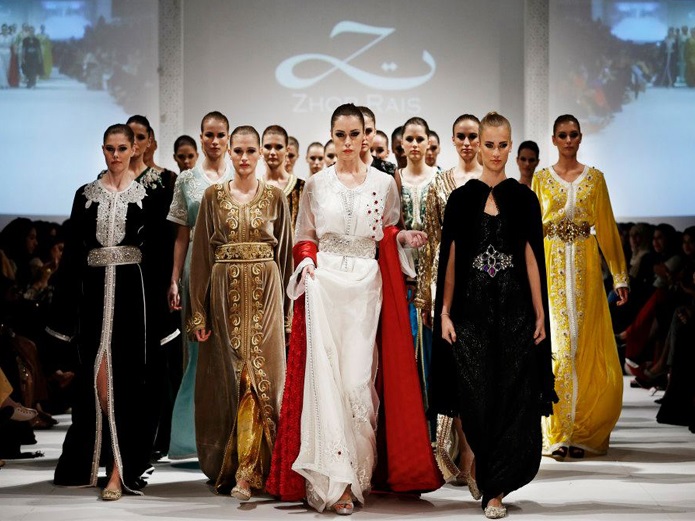
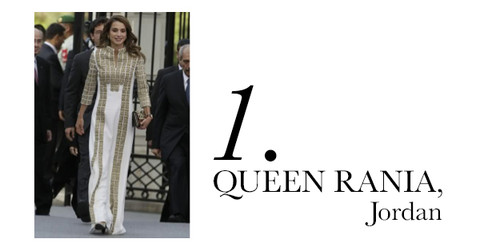
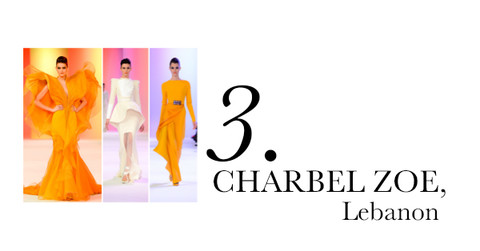
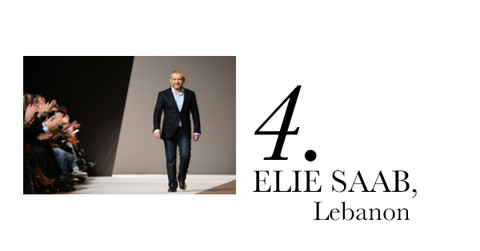
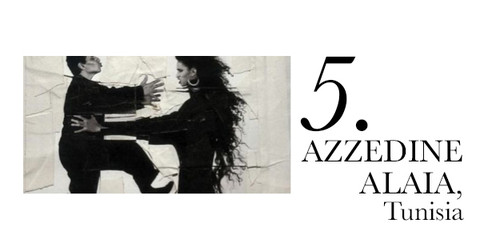
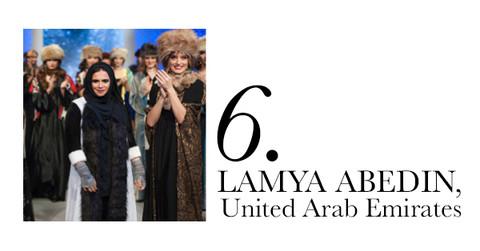
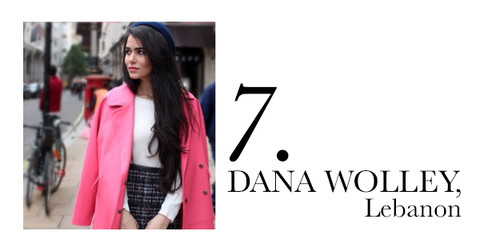
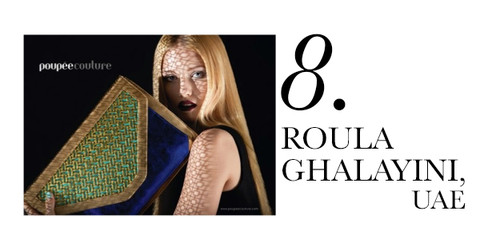
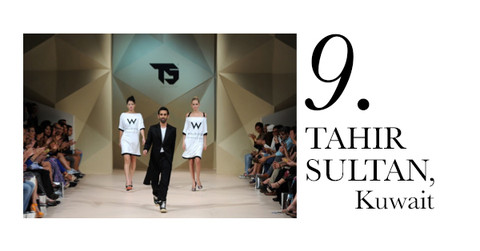
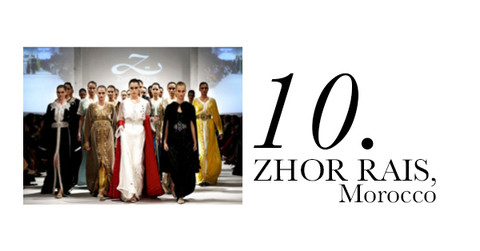


















[…] http://www.elanthemag.com/top-10-arab-fashion-icons-worldwide-influence/ […]